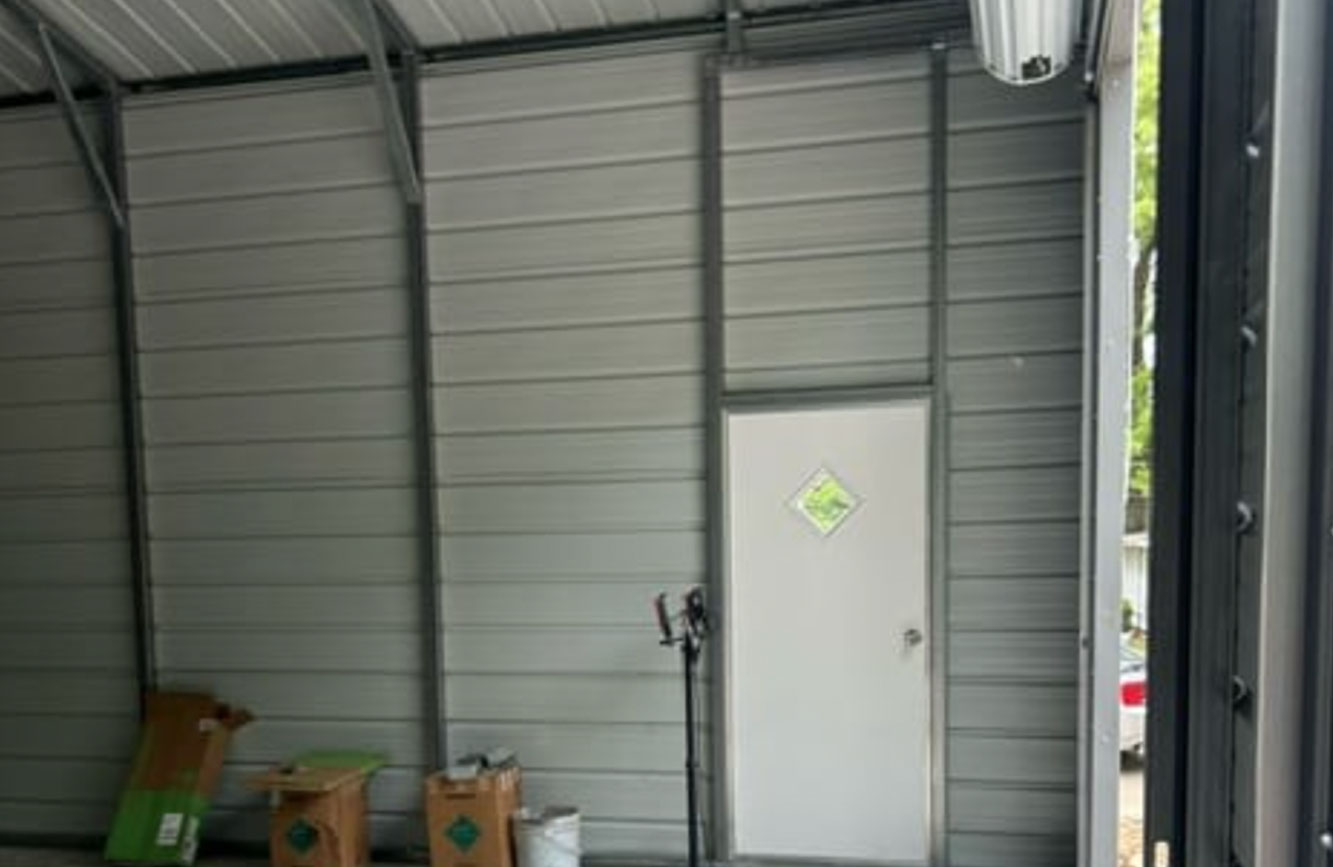
Steel has long been recognized as a fundamental material in the construction of vital infrastructure. Its unparalleled strength, durability, and versatility make it the backbone of various structures essential to modern society, from bridges and buildings to transportation networks and power plants.
Here are the key reasons why steel plays such a crucial role in infrastructure development.
Unmatched Strength and Durability
Steel’s primary advantage is its exceptional strength-to-weight ratio. This property allows it to support massive loads without bending or breaking, making it ideal for constructing skyscrapers, bridges, and other structures that must withstand significant stress and strain. Additionally, steel is highly durable, resisting wear and tear from environmental factors such as wind, rain, and temperature fluctuations. This longevity reduces the need for frequent repairs and replacements, ensuring infrastructure remains reliable and safe for longer periods.
Versatility in Design
The flexibility of steel in terms of design and application is another reason it is indispensable in infrastructure projects. Steel can be molded into various shapes and sizes, accommodating innovative architectural designs and complex engineering requirements. This adaptability allows architects and engineers to create structures that are not only functional but also aesthetically pleasing. From the elegant curves of modern bridges to the sleek lines of contemporary buildings, steel enables creative and efficient design solutions.
Sustainability and Recyclability
In today’s world, sustainability is a critical consideration in construction. Steel is highly recyclable, meaning it can be reused and repurposed multiple times without losing its properties. This recyclability reduces the environmental impact of steel production and decreases the demand for raw materials. Moreover, advancements in steel manufacturing have led to more energy-efficient processes, further enhancing its sustainability. By choosing steel, builders, and engineers contribute to a more sustainable future while benefiting from a reliable and robust material.
Cost-Effectiveness
While the initial cost of steel may be higher than some other materials, its long-term benefits make it a cost-effective choice. The durability and low maintenance requirements of steel structures mean lower lifecycle costs. Additionally, the speed and efficiency of steel construction can result in significant time and labor savings. Prefabricated steel components can be quickly assembled on-site, reducing construction time and minimizing disruptions.
Essential for Critical Infrastructure
Steel’s reliability makes it indispensable for critical infrastructure projects, including transportation networks, power plants, and water treatment facilities. These structures require materials that can endure heavy use and extreme conditions without compromising performance. Steel’s resilience ensures that these vital systems remain operational and safe, supporting the functioning of society as a whole.
Conclusion
Steel’s ability to support innovative designs, withstand harsh conditions, and contribute to sustainable construction practices ensures that steel will continue to play a pivotal role in shaping the future of our built environment.
As we advance into an era of greater technological and environmental challenges, steel remains an essential material in building the resilient and efficient infrastructure that modern society depends on.
